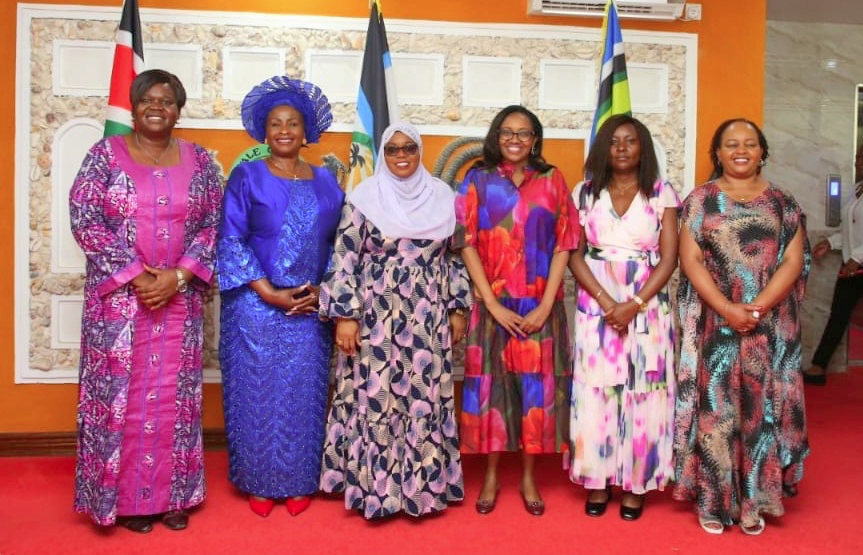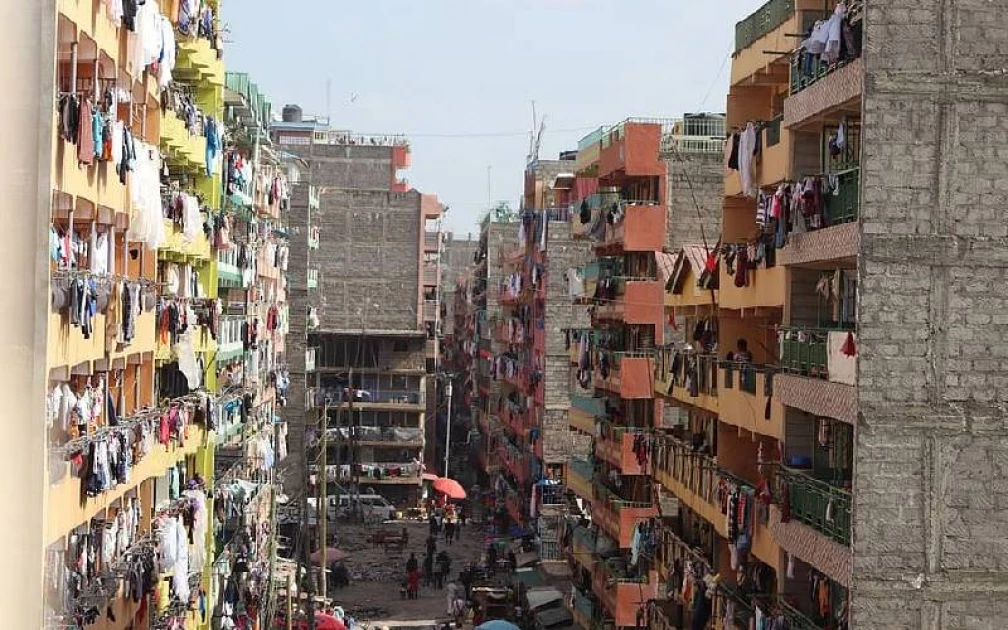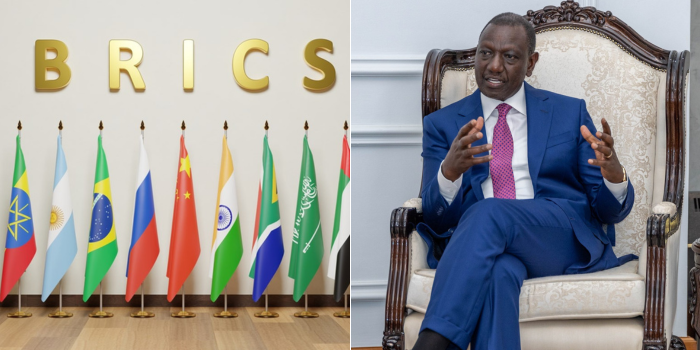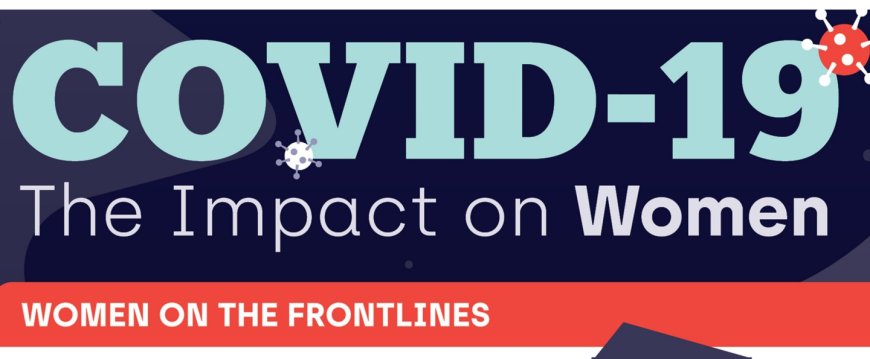The Impact of COVID-19 on Women’s Rights and Gender Equality
Analyzing the global impact of COVID-19 on women’s rights and gender equality, highlighting the challenges and resilience of women during the pandemic.
Once upon a time, in a world not so far away, a tiny virus turned our lives upside down. COVID-19, the uninvited guest, barged into our homes, workplaces, and schools, leaving no stone unturned. But while the pandemic wreaked havoc globally, it had a particularly insidious impact on women’s rights and gender equality. Let’s dive into this tale of resilience, setbacks, and the fight for equality.
The Double-Edged Sword of Employment
Imagine a bustling marketplace where women are the backbone of the economy, from the vendors selling fresh produce to the teachers shaping young minds. Now, picture that marketplace deserted. COVID-19 hit the job market hard, and women bore the brunt of it. Globally, women’s jobs were 1.8 times more vulnerable to this crisis than men’s. Women make up 39% of global employment but accounted for 54% of overall job losses. The virus significantly increased the burden of unpaid care, which is disproportionately carried by women. This meant that women’s employment dropped faster than average, even accounting for the fact that women and men work in different sectors.
The Invisible Load
Now, let’s talk about the invisible load. No, it’s not a new superhero movie, but it might as well be. The invisible load refers to the unpaid care work that women have been doing for centuries. During the pandemic, this load increased exponentially. With schools closed and family members falling ill, women found themselves juggling work, childcare, and household chores more than ever before. This invisible load has always been there, but COVID-19 shone a spotlight on it, revealing the stark inequalities that still exist.

Health and Safety
The pandemic also highlighted the vulnerabilities in women’s health and safety. With lockdowns in place, many women found themselves trapped at home with their abusers. Reports of domestic violence surged globally. The UN called it a “shadow pandemic”. Access to reproductive health services was also disrupted, putting women’s health at risk. In many parts of the world, resources were diverted from essential health services to combat COVID-19, leaving women without the care they needed.
Education Disruptions
Education is a powerful tool for gender equality, but the pandemic disrupted this too. School closures affected millions of girls worldwide, and many may never return to the classroom. In some regions, girls were more likely to be pulled out of school to help with household chores or to be married off early. This setback in education could have long-term effects on gender equality, as education is key to empowering women and girls.
The Silver Lining
But it’s not all doom and gloom. The pandemic also sparked a wave of resilience and innovation. Women’s rights organizations and feminist movements around the world stepped up to support those in need. Digital tools enabled feminist activism to continue online, reaching groups of women often left behind in “normal times”. Governments and organizations are now more aware of the need for gender-responsive policies and are taking steps to address these inequalities.
Conclusion
The story of COVID-19 and its impact on women’s rights and gender equality is still being written. While the pandemic has set back progress in many areas, it has also highlighted the importance of gender equality and the need for continued advocacy and action. As we move forward, it’s crucial to learn from these experiences and build a more equitable world for all.
So, dear reader, let’s not let this uninvited guest leave without teaching us a valuable lesson. Let’s continue to fight for a world where women’s rights are respected, and gender equality is the norm, not the exception.
What's Your Reaction?










































































































